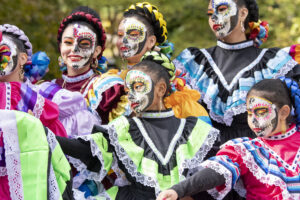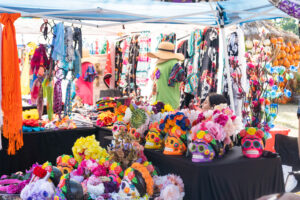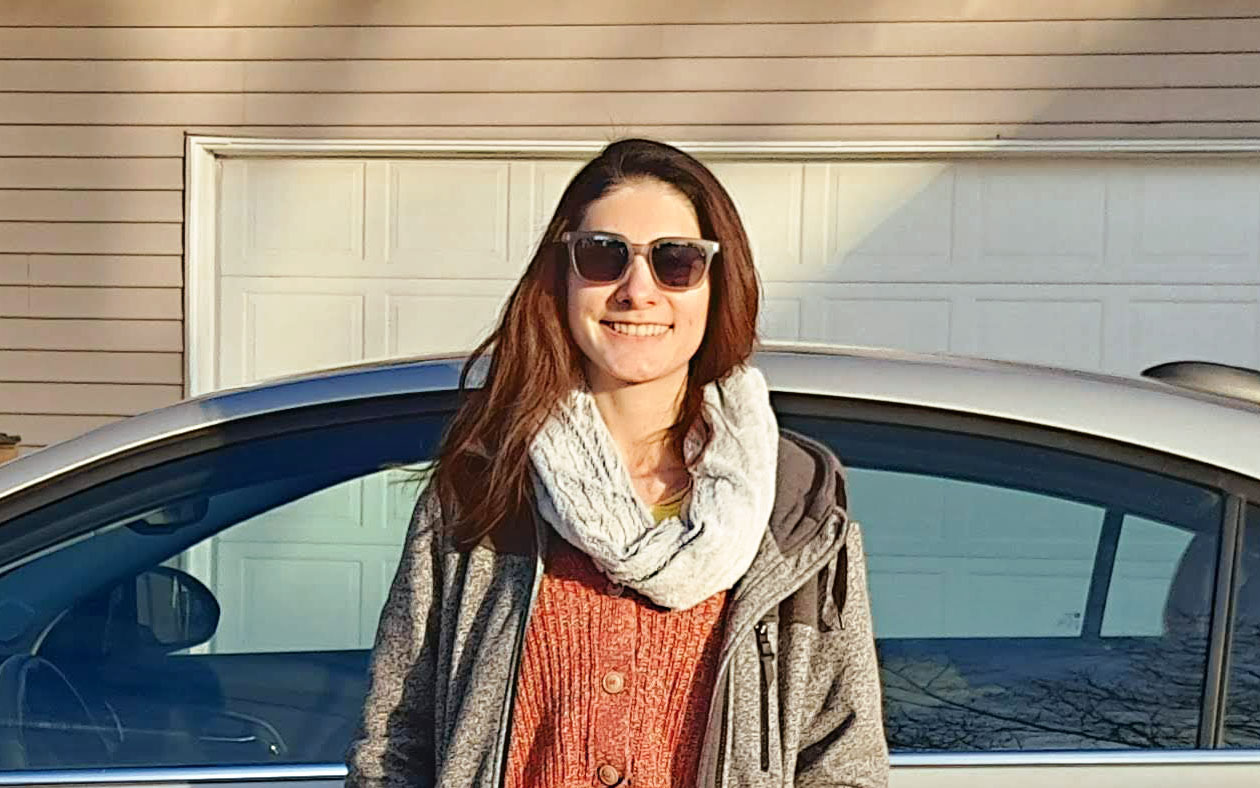Día de Los Muertos
Art, Memory, and Awareness in the Gardens of Cheekwood
Versión en español aquí
Cheekwood Estate & Gardens is celebrating the 25th anniversary of its Día de Los Muertos festival! Since 2000, this grand event has brought the Latino community together in a space where they can reconnect with their roots through dance, art, music, and gastronomy. The project began with a program of activities lasting five hours, but as it gained recognition, it expanded to two full days of celebration. This festival is one of the most anticipated events in the metropolitan area and has encouraged Nashvillians to engage actively with foreign cultural expressions. Visitors from various cultures often wear attire inspired by Día de Los Muertos or have their faces painted by the festival’s artists.

The program offers a rich and varied selection of folkloric music and dance projects, mostly from Mexican traditions. Some featured groups included Danza Azteca Guadalupana, Lirios Folklóricos, and MNPS Ballet Folklorico Dance Group. Another highlight worth mentioning is the participation of public schools, which promote cultural diversity. Alongside dance activities, students also contribute by creating murals and decorating altars. For example, in the Frist Learning Center Great Hall, a colorful exhibition of artworks inspired by Día de Los Muertos showcased a blend of Mexican and Tennessee traditions. Two works that caught my attention in this multicultural fusion were a mural created by Bellevue Middle School, which represented an altar inside a wooden cabinet within a home adorned with picture frames featuring album covers from bands such as The Beatles, Nirvana, and Led Zeppelin. The faces of deceased band members were covered with calavera-style illustrations. The second mural, created by Hendersonville High School, portrayed the faces of Hank Williams, Minnie Pearl, Loretta Lynn, Patsy Cline, and Johnny Cash in a composition that combined elements shared between country and Mexican music, such as guitars.
In the altar exhibition, the schools also gave a significant twist to this tradition. Paragon Mills Elementary recreated the improvised shelter of a homeless person with a reused cardboard sign that read “Housing Now.” The altar was covered with calaca drawings made by children, representing the controversial statistic of people who die while experiencing homelessness in Nashville. Aventura Community School crafted a more authentic and traditional altar to highlight the pillars of its institution, which focus on forming bilingual students in English and Spanish. The Metropolitan Police Department also participated with its Family Intervention Program division, presenting an altar filled with portraits of Latino community members who had lost their lives under various circumstances of violence.

The cultural and Latin American organization Misión ConArte also had a significant presence at this festival. In addition to creating an altar showcasing artworks from its members, they were in charge of the Catrina Parade. The runway was a display of different elements representing Mexican culture. Each model incorporated a special theme into their attire, revealing the richness of their country through the iconography of José Guadalupe Posada’s Calavera Garbancera. Some of the figures included the Quetzalcoatl, the monarch butterfly, traditional Mexican dolls, and the quinceañera. Each outfit was adorned with harmonious and creative details, with meticulous designs on the skirts and three-dimensional structures on the torso or head to create a more striking effect.
After this demonstration, the first three jackets of an artistic project were showcased, aiming to represent the essence of each nation through fashion. The displayed pieces represented Honduras, Mexico, and the United States and were created by artists native to these countries. The jackets were like walking paintings, full of color, genuinely representing the beauty of these territories.
The sense of taste was not left out of this sensory celebration. A gastronomic corridor offered the traditional flavors of Guatemala, Peru, Venezuela, Colombia, Mexico, and Argentina, making it difficult for attendees to choose among so many delights. In this food section, there was also a stage where groups performed classics of salsa, bachata, and cumbia, creating the perfect atmosphere for a complete immersion in the spirit of a festival from any region of Latin America.
A Día de Los Muertos celebration like this is not only about honoring the memory of those who are no longer with us but also remembering who we were, the Latinos, when we lived in our homeland.



